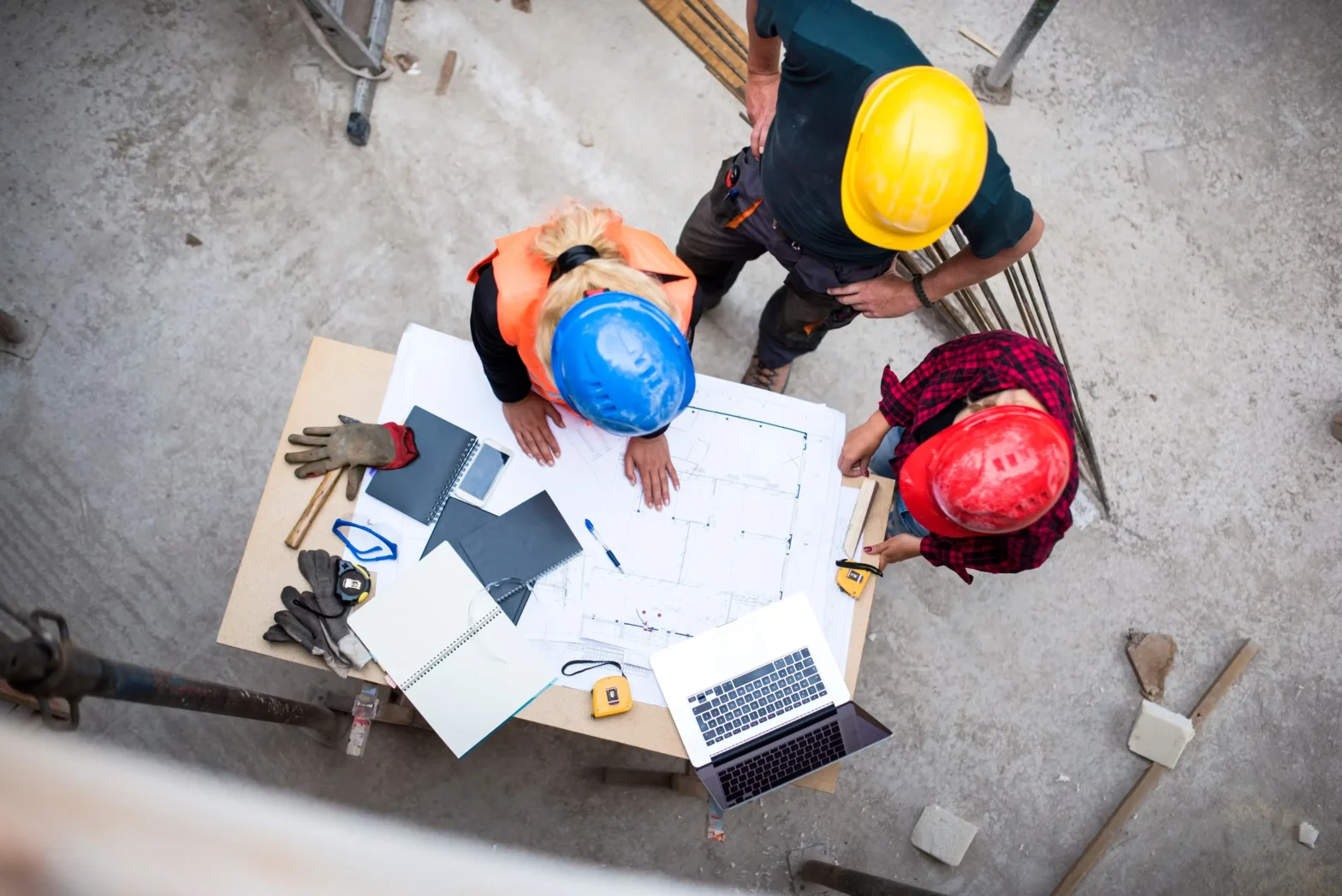Policy and Building Codes: Driving the Adoption of Resilient Construction Practices
New Heaven Developers July 30, 2025

How Policies and Building Codes Shape Resilient Construction
Policies and building codes provide the regulatory framework governing how buildings are designed, constructed, and maintained. They establish minimum standards for safety, durability, and performance—especially important in disaster-prone areas. For homeowners searching for trusted fire damage restoration near me, understanding how these codes work helps explain why rebuilt homes today are safer and more resilient than ever before. Building codes evolve continuously, integrating the latest research, technology, and lessons learned from past disasters. Through mandated requirements, these codes drive the widespread use of construction methods and materials designed to reduce risks from earthquakes, wildfires, floods, and storms.Key Ways Building Codes Influence Fire-Resilient Construction
- Material Standards:Building codes specify fire-resistant and durable materials such as reinforced concrete, fire-retardant cladding, and impact-resistant windows. These standards support safer rebuilding and improved resistance to future fire damage.
- Structural Requirements:Codes define load-bearing capacities, foundation anchoring, and framing methods designed to withstand seismic forces, high winds, and fire exposure.
- Energy and Environmental Controls:Increasingly, codes include provisions for energy efficiency and sustainable materials, which contribute to resilience by improving overall building durability.
- Installation and Workmanship:Licensed professionals and strict installation protocols ensure that fire damage restoration services meet design expectations and provide lasting protection.
- Inspection and Compliance:Regular inspections confirm that resilient construction practices are properly implemented, ensuring quality and safety.
Evolving Building Codes Reflect Growing Resilience Needs
The increasing frequency of natural disasters has prompted continuous updates to building codes—especially in fire-prone areas like the Palisades and Altadena.- Post-Earthquake Updates:California’s seismic codes now require flexible foundations and frames to minimize structural failure during earthquakes.
- Wildfire Mitigation:Regulations mandate fire-resistant roofing, defensible space around homes, and ember-resistant vents to reduce fire spread.
- Flood-Resistant Design:Coastal and floodplain codes enforce elevation and waterproofing standards to limit flood damage.
The Impact of Local and Federal Policies
While building codes provide technical standards, broader policies shape how these standards are applied. Agencies like FEMA and HUD offer guidance, funding, and incentives that promote resilient rebuilding. Local governments tailor codes to reflect the unique hazards of their regions—such as Altadena’s focus on seismic safety and the Palisades’ emphasis on wildfire prevention. This coordinated approach helps ensure that homes rebuilt through fire restoration contractors near me deliver maximum protection and peace of mind.Encouraging Innovation Within Building Regulations
Building codes not only enforce minimum safety standards but also encourage innovation by:- Allowing alternative compliance paths where new materials or techniques demonstrate equal or better performance than traditional codes.
- Offering incentives like expedited permits or tax benefits for energy-efficient and resilient designs.
- Supporting research and pilot programs that test cutting-edge building technologies, influencing future code revisions.
Challenges in Implementing Resilient Construction Codes
Despite their importance, challenges remain:- Cost and Complexity:New codes can increase upfront costs, which may deter some homeowners or developers.
- Enforcement Variability:Inconsistent inspections can undermine code effectiveness.
- Education Gaps:Builders and homeowners need ongoing training to understand and adopt resilience standards.
- Retrofitting Existing Homes:Many structures predate current codes and require costly upgrades to improve fire resistance.
Builders and Developers: Partners in Resilience
Builders and developers play a pivotal role in translating policy into practice. At New Haven Developers, we don’t just comply with codes—we guide homeowners through resilient design choices that exceed minimum requirements. From specifying impact-resistant windows to reinforced foundations, every step supports our commitment to safer rebuilding.Looking Forward: The Future of Policy and Resilience
Building codes and policies are expected to continue evolving by:- Integrating climate adaptation strategies to address shifting hazard patterns.
- Emphasizing performance-based codes focused on real-world outcomes.
- Incorporating smart building technologies for enhanced monitoring and response.
- Promoting community-wide resilience through infrastructure and planning initiatives.
